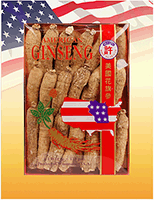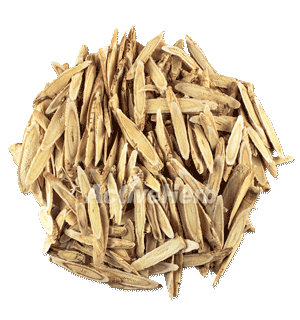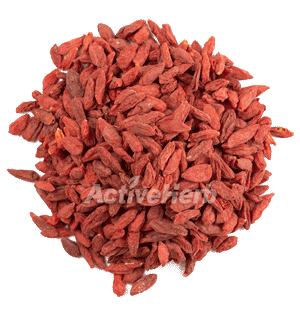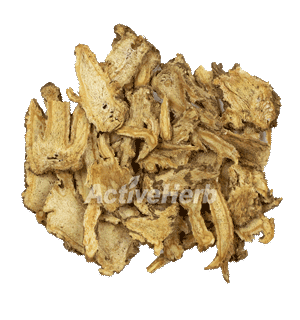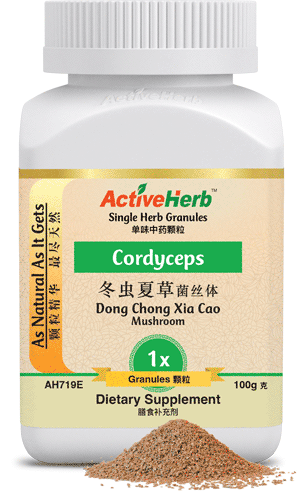5 Delicious, Nourishing TCM Soups You Can Easily Make at Home

Every traditional culture reveres certain soups, empowering them with superhero therapeutic properties. Chicken noodle soup: Jewish penicillin. Tom Yum Soup, with its lemongrass, ginger, and chili really puts the yum into this therapeutic Thai classic. Caldo de Pollo: the Mexican equivalent of Jewish penicillin only with cilantro.
Chinese culture, one of the oldest on the planet, is of course no different. But Chinese soups have a distinct advantage when it comes to therapeutic selling points. Many soups in China call for traditional herbs in their recipes, offering a marriage of deliciousness and nourishment.
Get ready to get your slurp on as we share our 5 favorite TCM soups.
(Some recipes are vegetarian-friendly.)
Ginseng and Chicken Soup
Call it culinary therapy. Food and medicine are like two peas in a pod in ancient Chinese culture, and thankfully, that beautiful philosophy remains in today’s hectic modern society. And if there’s one Chinese “penicillin” soup it would have to be Ginseng and Chicken Soup.
Ginseng is known for its energy-boosting properties in TCM. According to TCM theory, the soup is believed to replenish Qi (vital energy) and improve overall vitality. Red dates add a touch of sweetness and aid in nourishing the blood.
Ingredients:
- 1 whole chicken, cut into pieces
- 2 roots of American ginseng
- 10 red dates
- 3 slices of ginger
- 8 cups of water
Instructions:
- Place the chicken pieces, American ginseng, red dates, and ginger in a large pot with water.
- Bring to a boil, then reduce the heat and simmer for about 2 hours until the chicken is tender.
- Season with salt to taste before serving.
Huang Qi (Astragalus) and Mushroom Soup
No, it’s not asparagus, it’s astragalus. Astragalus is a potent Wei Qi (loose translation: the immune system) supporter in TCM. Huang Qi is one of three herbs in the popular formula, Jade Screen, aka Jade Defender. In this soup, astragalus is combined with shiitake mushrooms and black fungus, the latter of which could probably use a rebranding. Contrary to its unappetizing name, black fungus, aka cloud ear or tree ear, is an edible mushroom like reishi or cordyceps.
In addition to supporting the immune system, this soup may support overall Qi.
Ingredients:
- 10 dried shiitake mushrooms (available at most supermarkets)
- 20g astragalus root
- 1 cup of black fungus (available at most Asian markets)
- 3 slices of ginger
- 8 cups of vegetable broth
Instructions:
- Soak the dried shiitake mushrooms and astragalus root in water until they become soft.
- Place the soaked ingredients, black fungus, ginger, and vegetable broth in a pot.
- Bring to a boil, then reduce heat and simmer for about 1 hour.
- Season with salt and soy sauce to taste before serving.
TCM Soups: Gou Qi Zhi (Goji Berry) and Pork Rib Soup
A superfood fruit combined with pork? At first sight, this combination seems as illogical and unsavory as chocolate topped with mayo. But goji berries, which are used as a longevity-promoting herb in TCM, are frequently sprinkled in Chinese homes over chicken or pork soups. For this recipe, you can add Chinese red dates to this “old fire simmer soup,” a clear broth cooked over low heat. This soup is thought to improve eyesight, nourish the liver, and enhance overall vitality.
Ingredients:
- 500g pork ribs
- 20g dried goji berries
- 3 slices of ginger
- 2 tablespoons of Chinese rice wine
- 8 cups of water
Instructions:
- Blanch the pork ribs in boiling water for a few minutes, then rinse.
- Place the blanched pork ribs, dried goji berries, ginger, Chinese rice wine, and water in a pot.
- Bring to a boil, then reduce heat and simmer for about 2 hours until the pork is tender.
- Season with salt and honey to taste before serving.
Dang Gui (Angelica Sinensis) Chicken Soup
Ladies: if it’s a cold day plus you’re battling symptoms related to the menstrual cycle, this is the soup for you. Known as “female ginseng”, Dang Gui (learn more about this legendary herb here) is known for its blood-nourishing properties in TCM. This soup is often prescribed for women to help support a healthy menstrual cycle, alleviate menstrual-cycle-associated discomfort, and improve complexion. Chinese angelica also supports a healthy bowel movement in instances of occasional constipation, as it helps moisten the Intestines.
Ingredients:
Instructions:
- Place the chicken pieces, dang gui slices, and ginger in a pot with water.
- Bring to a boil, then reduce heat and simmer for about 1.5 to 2 hours until the chicken is tender.
- Season with salt to taste before serving.
Dong Chong Xia Cao (Cordyceps) and Vegetable Tofu Soup
Here’s a vegan soup that would cost an arm and a leg at a trendy restaurant. If you’re not familiar with cordyceps, when you learn what it is, you probably won’t want to don your bib. That’s because it’s a parasitic fungus. But like black fungus, there’s no reason to fear this edible fungal delicacy. In fact, there are many health benefits of cordyceps—learn more about it here—which is why edible mushrooms like it and reishi have become a booming business.
In TCM, Cordyceps is prized for its lung and kidney meridian-boosting qualities, which is why this is one of the best TCM soups to support respiratory health, combat fatigue and stress, and the body’s essence.
Ingredients:
- 200g tofu, cubed
- 1-2 scoops of cordyceps extract granules
- A mix of seasonal vegetables
- 8 cups of vegetable broth
Instructions:
- Place tofu, mixed vegetables, and vegetable broth in a pot.
- Bring to a boil, reduce heat and simmer for about 30 minutes.
- Season with soy sauce and salt to taste.
- Add Cordyceps extract granules and stir.
TCM Soups You Can Make At Home
We hope you enjoy these nourishing and delicious soups. If you enjoyed these recipes, we have another 5 recipes coming soon.
Do you use any TCM herbs in your dishes? What are your favorites? Leave a comment below.



